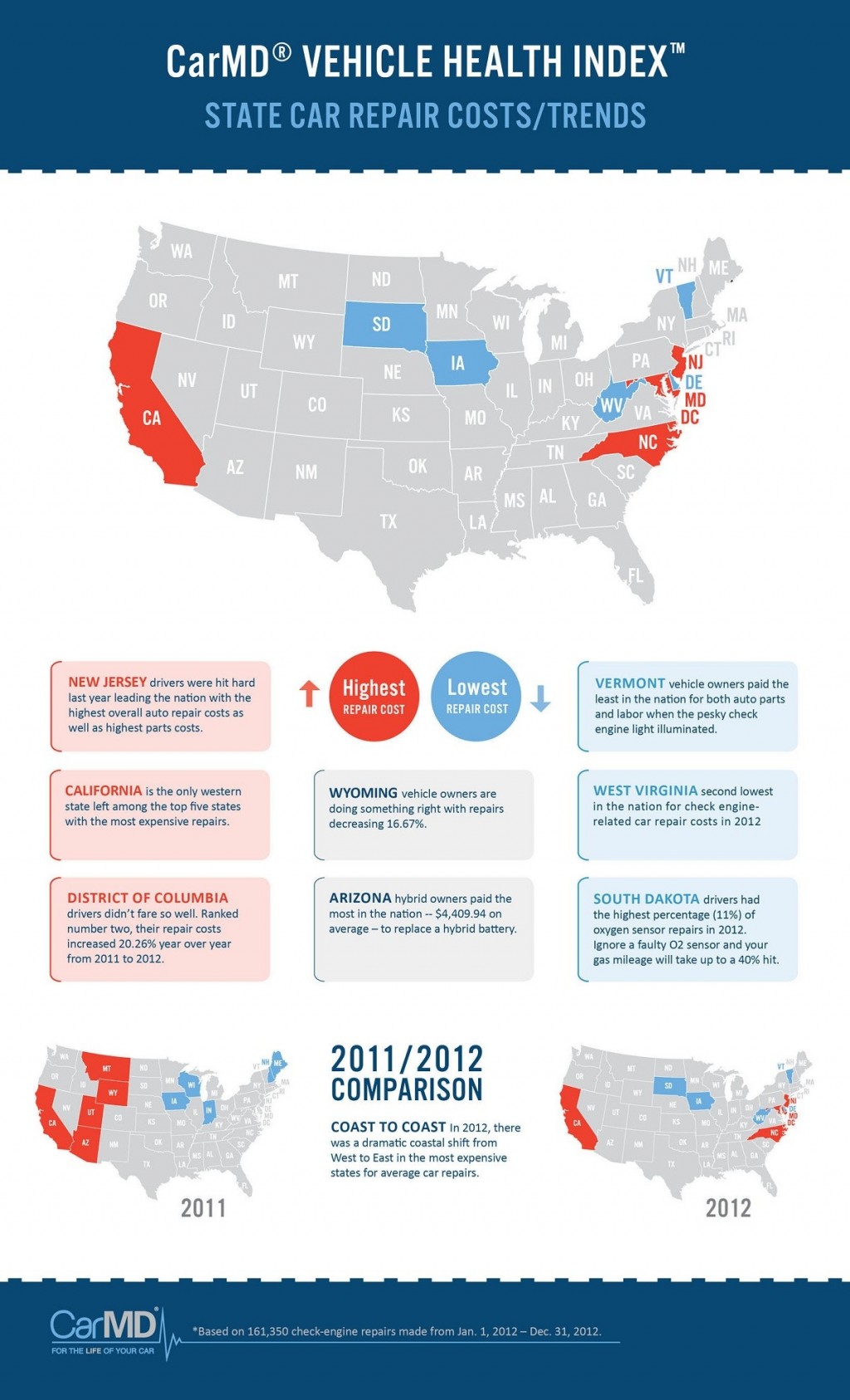Interpreting Your Vehicle'S Alert Lighting: Their True Effects
Interpreting Your Vehicle'S Alert Lighting: Their True Effects
Blog Article
Article Composed By-Termansen Gilbert
When you lag the wheel, those radiant warning lights on your control panel can be a little bit difficult. Do relevant internet site understand what they're trying to inform you about your cars and truck's health? Understanding the importance of these lights is essential for your safety and the durability of your car. So, the next time one of those lights turns up, would not you wish to analyze its message properly and take the essential steps to address it?
Common Warning Lighting and Interpretations
Identify common caution lights in your vehicle and recognize their definitions to guarantee risk-free driving.
One of the most typical caution lights include the check engine light, which signifies concerns with the engine or exhausts system. If Read More On this page comes on, it's critical to have your car examined immediately.
The oil stress cautioning light indicates reduced oil stress, calling for prompt focus to prevent engine damage.
A flashing battery light could recommend a damaged billing system, potentially leaving you stranded otherwise dealt with.
The tire pressure monitoring system (TPMS) light notifies you to reduced tire pressure, impacting vehicle stability and gas performance. Overlooking this might result in dangerous driving problems.
The abdominal light shows a trouble with the anti-lock braking system, compromising your capacity to stop promptly in emergency situations.
Last but not least, the coolant temperature level warning light warns of engine getting too hot, which can result in severe damage if not settled swiftly.
Understanding these usual warning lights will aid you address problems without delay and maintain secure driving problems.
Importance of Prompt Attention
Comprehending the common caution lights in your car is only the very first step; the value of quickly resolving these cautions can not be stressed enough to guarantee your safety on the road.
When a caution light illuminates on your control panel, it's your vehicle's method of connecting a possible issue that requires focus. Neglecting these cautions can result in more serious issues in the future, endangering your security and potentially costing you a lot more out of commission.
Prompt attention to cautioning lights can protect against failures and accidents. For example, a blinking check engine light might suggest a misfire that, if left unattended, could create damage to the catalytic converter. Addressing this immediately can conserve you from an expensive repair.
In a similar way, a brake system advising light may signify low brake fluid or used brake pads, essential components for your security when driving.
Do It Yourself Troubleshooting Tips
If you see a caution light on your dashboard, there are a couple of do it yourself troubleshooting tips you can try prior to looking for professional help.
The primary step is to consult your cars and truck's handbook to recognize what the specific warning light suggests. Sometimes the issue can be as easy as a loose gas cap setting off the check engine light. Tightening up the gas cap might resolve the problem.
Another typical issue is a reduced battery, which can cause numerous advising lights. Checking the battery links for corrosion and ensuring they're safe could fix the trouble.
If a caution light continues, you can attempt resetting it by disconnecting the cars and truck's battery for a couple of mins and then reconnecting it. Furthermore, examining your vehicle's fluid degrees, such as oil, coolant, and brake fluid, can assist troubleshoot warning lights associated with these systems.
Verdict
To conclude, recognizing your car's warning lights is vital for keeping your automobile running efficiently and securely. By promptly resolving these signals and understanding what they suggest, you can avoid pricey fixings and prospective break downs.
Remember to consult Click On this page and truck's manual for particular information on each alerting light and take action accordingly to ensure a hassle-free driving experience.
Keep informed, remain safe when driving!
